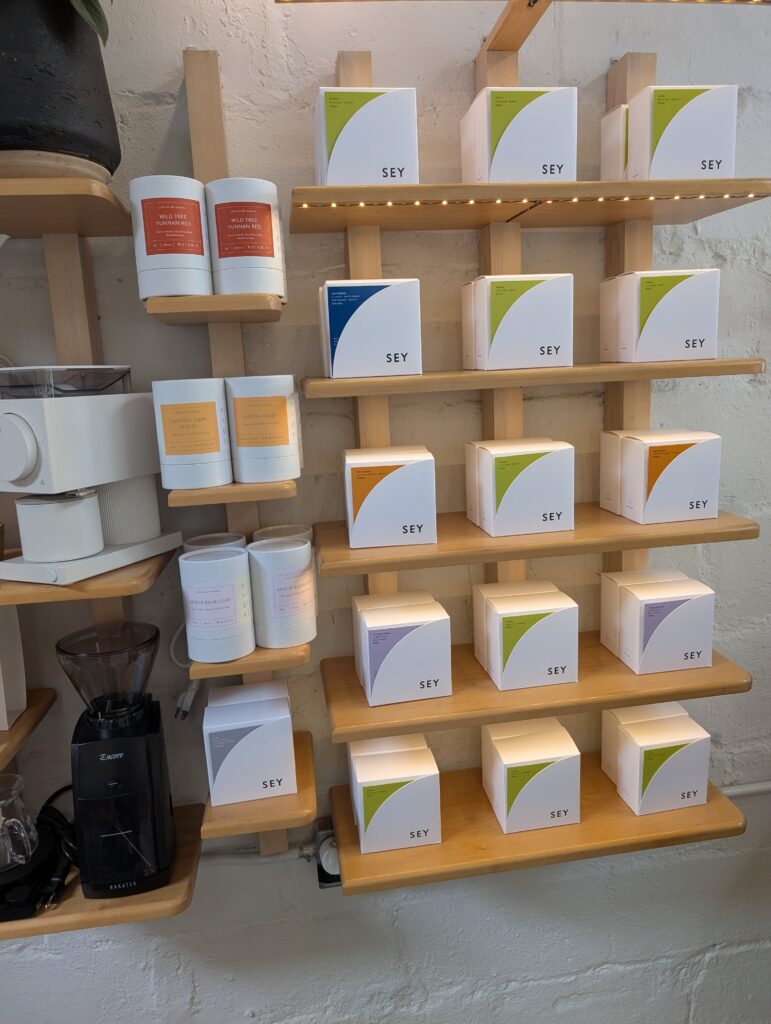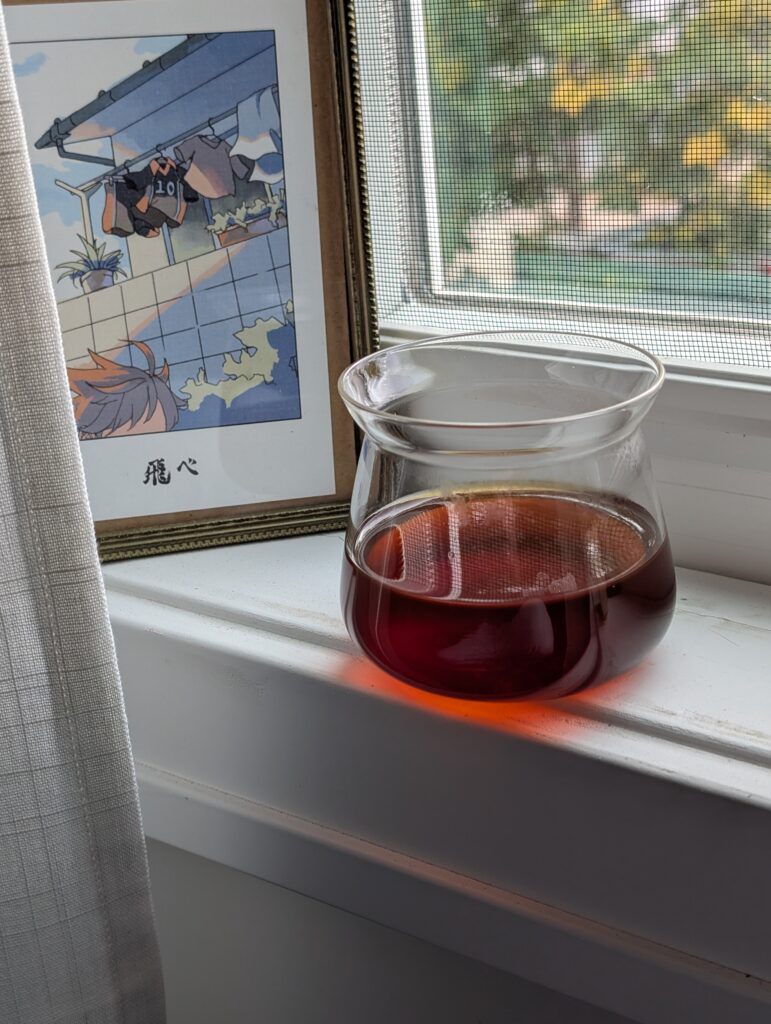part three
This is the third and likely final part in a series of posts where I will recount my experiences as I explore my backlog of frozen coffee. Read part one and two here.
I’ve finally reached the end of my freezer backlog, the one memorialized on my blog’s homepage. In this final post in a series of three, I’ll address my observations on the various freezing methods, my approach to freezing going forward, and an interesting realization.
Just in time to start filling the freezer up again.
November 2025 Update
Or at least that’s what I was going to write. Like so many ideas, this one sat on the hard drive for a long while. I did clear out my freezer backlog.,, but I have since rebuilt my inventory.
At the end of this post I’ll explain below how this time, it’s different.

methods and madness
In the interest of avoiding an unwieldy post, I’m going to move through each section quickly.
Let’s discuss the two freezing workflows that I consider viable. Bags and tubes.
bags
Bags are the easiest and most convenient method in terms on input.
Chuck a bag into the freezer and you’re done. If you want to take extra precaution, tape over the valve and stick the bag inside a gallon-size Ziplock (the freezer kind specifically, they’re thicker).
This is a good method if you just got a bunch of full bags on a trip or something. I’ve frozen bags for over six months without any noticeable degradation.
You’ll want to rest your coffee before freezing and you’ll need to thaw the whole bag before opening to avoid condensation. Full bags also take up quite a bit of room in your freezer.
Easy on the input but more work on the output.
It’s viable but the next method is the only one I currently use.

tubes
Plastic centrifuge tubes are by far my favorite method of freezing coffee. (I have a whole post dedicated to them here.)
They’re easy, cheap, reusable, and are extremely effective at preserving coffee. I haven’t noticed any degradation after a year of freezing. They don’t take up much space and you can freeze exactly one dose for easy brewing.
Label what you freeze, ideally on the top but the side works too. A word of warning though, stick to sharpie, pen wears off.

This method requires a bit more work on the input (measuring out each dose) but it’s the easiest output; grind frozen and brew.
As far as cleaning goes, you probably don’t need to bother with light roasts but I do a tiny dab of scentless dish soap, ensure a thorough rinse, then dry completely before use.
Oh and like any freezing method, rest your coffee first.
headspace
Because my doses are 15-18 grams, and the tube fits around 21 grams, there was a time when I was concerned about headspace (having an airgap above my coffee dose). But so far I have not noticed any issues.
It feels logical that filling it all the way with coffee would allow for less oxygen and less stalling. But in practice it doesn’t seem to make a difference.
refreezing
If you instead want to fill tubes with as many beans as possible then dose out what you need for brewing, I recommend sticking the leftovers back in the freezer. This method is more likely to keep your coffee fresh, compared to having a few grams left out at room temp.
what about vacuum?
Some people use vacuum sealing but honestly I just can’t be asked to bother with all that.
Buying a new device, and new bags, and then testing how to leave just enough air that you don’t suck out the aroma but not too much where it could stale doesn’t sound like fun.
As long as tubes exist, I won’t bother with vacuum sealing.

reflecting on my backlog
As I brewed through my 1kg+ backlog, it was interesting to look back on the coffees I used to rate as all time greats.
Some were still bangers, like Sey Hamasho but others, like coffee I had saved from Passenger, tasted way worse than what I’m used to brewing today.
Not worse because they had died in the freezer but because my tastes and expectations changed.
So keep that in mind when doing long term storage, sometimes it’s better to just enjoy coffee in the moment.
my approach
Now for the big conclusion, my approach to freezing coffee.
Going forward, I don’t want to freeze coffee because I bought too much. That is a slippery slope of never ending backlog.
Instead, I want to use my freezer to curate the ultimate multi-roaster cafe. I’ll freeze coffee I find really fantastic, unique beans, or more seasonal items like Kenyans.
That way I can reach in six months from now and have an incredible cup of Shoebox Gachatha even though it’s off the menu.
Freezing is also great for seldom brewed beans, like decaf, guest coffee, or milk-drinks.
But I will try to avoid really long-term freezing.
In my experience, after a year of freezing your chance of degradation increases. This isn’t an exact number but my point is that I’d be more confident freezing for six months than I am for two years.
If the backlog grows too unwieldy (taking up precious space for frozen pastries) I will slow my purchasing and enjoy exploring my frozen inventory.
Ultimately, I plan to keep my freezing to a minimum, a few doses here or there.
I think variety is one of the fun aspects of this hobby. But an excessive backlog is a recipe for anxiety. I’d rather enjoy what I have on hand as my home cafe menu evolves.
